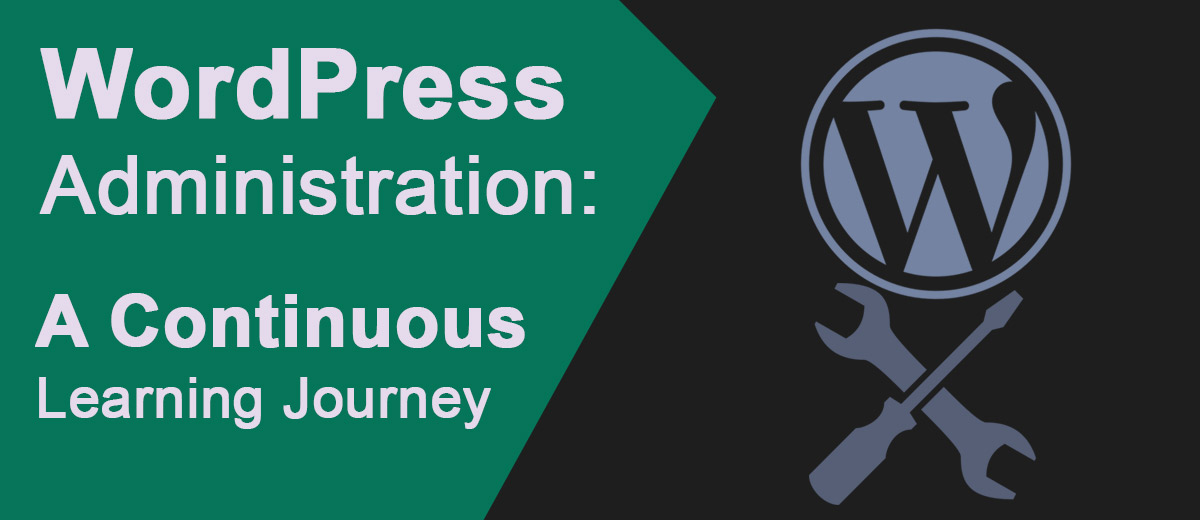WordPress, the world’s most popular content management system (CMS), has empowered millions of individuals and businesses to create and manage their online presence. While its user-friendly interface makes it accessible to beginners, mastering the art of WordPress administration is a continuous learning journey. In this article, we explore the dynamic landscape of WordPress administration, emphasizing the importance of continuous learning for those looking to harness the full potential of this powerful platform.
The Basics of WordPress Administration:
At its core, WordPress administration involves managing various aspects of a website, including content creation, customization, user management, and security. The intuitive dashboard simplifies many tasks, allowing users to publish content, install themes and plugins, and monitor website performance with relative ease. However, as websites evolve and user needs change, administrators must delve deeper into the platform’s capabilities.
- Content Management: WordPress makes content creation and management straightforward, but mastering features like the block editor, custom post types, and taxonomies can enhance the efficiency and aesthetics of your website. Continuous learning in this aspect ensures administrators stay updated on the latest content creation tools and techniques.
- Theme Customization: While WordPress offers a plethora of pre-designed themes, customization allows for a unique and branded online presence. Learning how to navigate theme settings, modify CSS, and even create child themes ensures administrators can tailor the website’s appearance to meet specific requirements.
- Plugin Integration: Plugins extend the functionality of WordPress, providing solutions for everything from SEO optimization to e-commerce. Staying informed about new plugins, understanding their features, and ensuring compatibility with the latest WordPress updates is crucial for administrators seeking to enhance their website’s capabilities.
- User Roles and Permissions: Effective WordPress administration involves managing user roles and permissions. Understanding the nuances of roles such as administrators, editors, authors, and subscribers ensures that the right people have the right level of access, maintaining the integrity and security of the website.
The Evolving Landscape:
WordPress is not a stagnant platform; it evolves with each update, introducing new features, improvements, and security patches. Keeping up with these changes is essential for administrators who want to leverage the latest tools and maintain a secure online environment. Additionally, staying informed about industry best practices and trends ensures that your WordPress-powered website remains competitive and user-friendly.
Continuous Learning Resources:
- Official Documentation: The WordPress Codex and official documentation provide in-depth information about every aspect of WordPress. Regularly checking for updates and new articles can keep administrators ahead of the curve.
- Community Engagement: The WordPress community is vast and supportive. Engaging in forums, attending meetups, and participating in online discussions can provide valuable insights and solutions to common challenges faced by administrators.
- Online Courses and Tutorials: Numerous online platforms offer courses and tutorials on advanced WordPress topics. Whether it’s learning about advanced coding techniques or mastering specific plugins, these resources cater to various skill levels.
Conclusion:
WordPress administration is not a static skill but a dynamic journey of continuous learning. As the platform evolves and user expectations shift, administrators must adapt to harness the full potential of WordPress. By staying curious, engaging with the community, and exploring the myriad resources available, individuals can ensure that their WordPress administration skills remain sharp and their websites stay at the forefront of innovation and functionality. Embrace the journey, and watch your WordPress-powered website flourish in the ever-expanding digital landscape.


